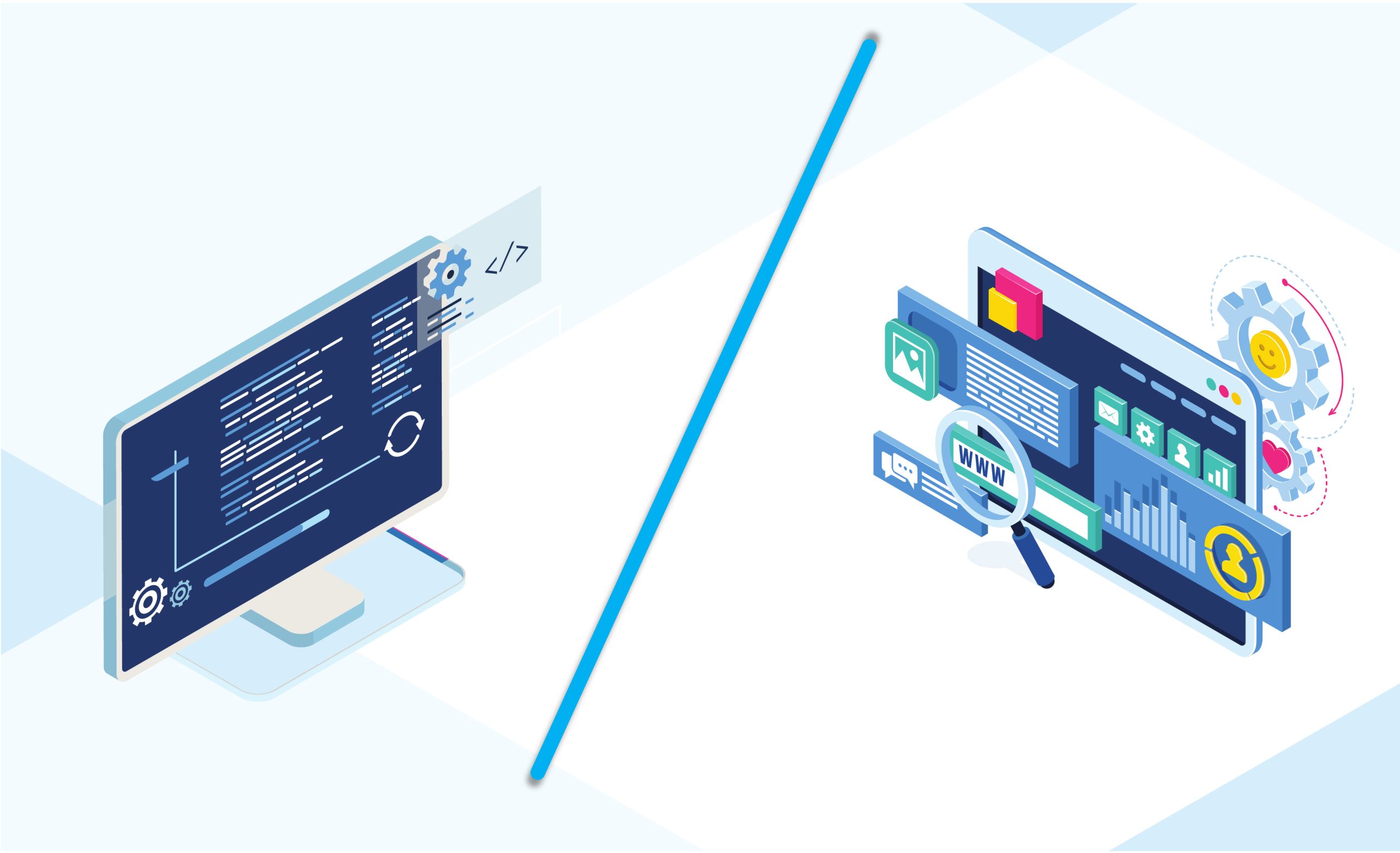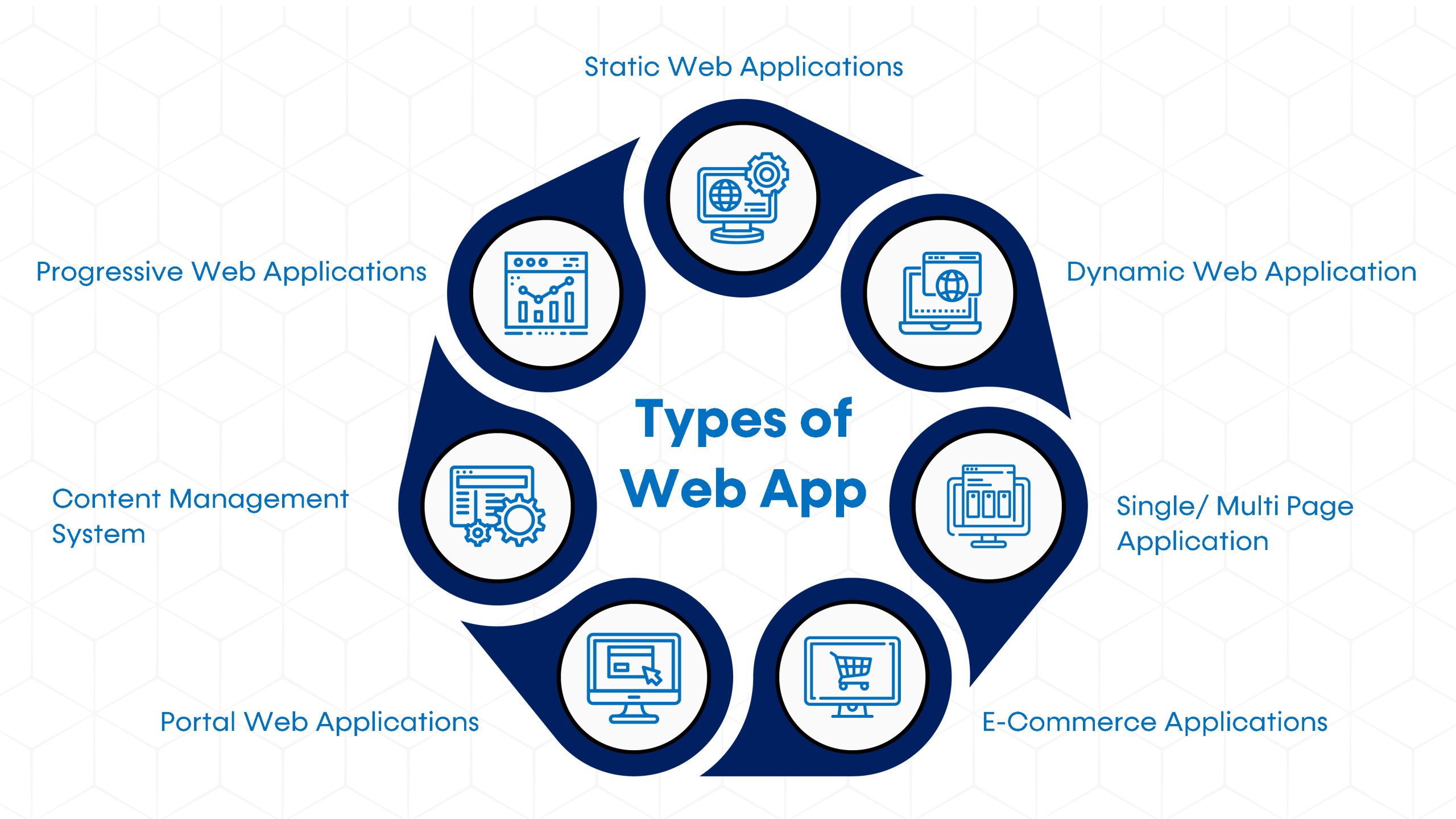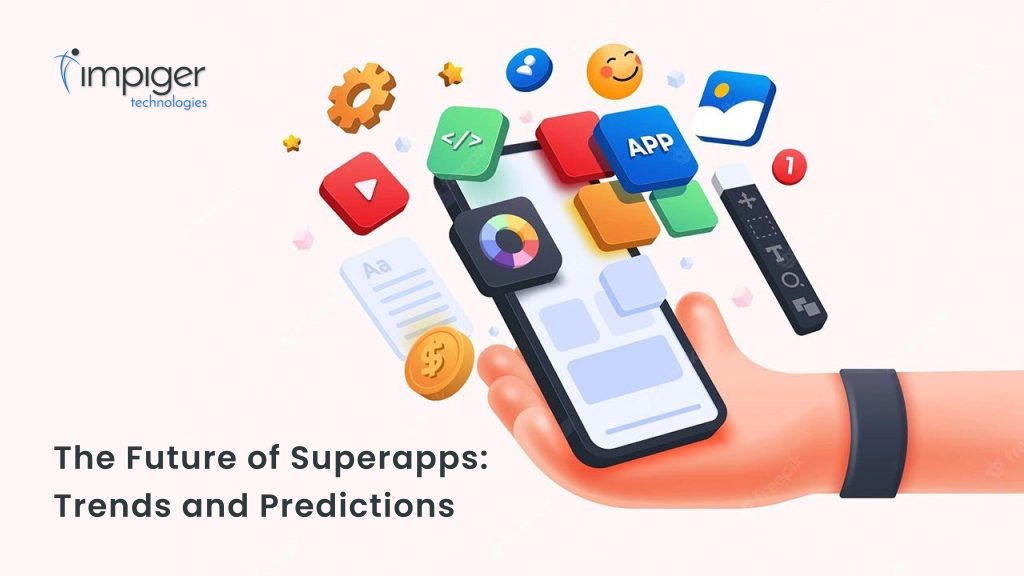Web App in simple terms is an application that runs on browsers instead of functioning from the local operating system. A Web app need not be installed locally. Instead, the server facilitates the app and establishes a 2-way connection with the user through a browser. Any web app is a client-server program because of which communication happens between the user and the business/customer. To be precise any website which involves activity or input of the data falls into the category of web app. A simple example is online social media like Facebook, online e commerce website like Flipkart, and online banking transaction websites like banks. They all use web apps.
Let us take a simple example of a Call-To-action section. Imagine you open a boring website that is built purely with HTML codes and cannot interact. It would just be a bunch of written content and that’s it. All that you can do is just read.


When you feel the need to express suggestions you may not be able to do so. Would you feel included and interested? Surely not. Now to make it interesting we add a couple of enhancements by adding CSS to the code. Does it help by any means? Might be a bit. Inclusiveness is still not considered. Now take an extra step to design a web app to solve this problem of inclusiveness and attraction. HTML and CSS all act as client-side code to be used on the browser to extract data.
Next python, java and java shell script kind of languages are used to build server-side code. When we create a bridge between these types of codes, we are all done with creating a robust web application. Now the same content has a suggestion or a get in touch section which pops on your screens or zooms in etc.
Design elements can be used to make it very catchy. And once the user keys in inputs, it gets stored on the database of the server and a return response is facilitated to make the user feel that their inputs are heard.
With most of the companies and industries turning towards digital transformations it is always nice to enhance their website with apps like online catalogues, chatbots etc. to keep in line with their digital transformation motive. Web Apps can be personalized to fit the needs of any industry and fit into any type of channel like B-B or B-C etc. Now that we have some knowledge about what a web app is let us look into the types of web apps.
Types of Web App:


Benefits of Web Apps
General Advantage
General Advantage
- No installation is required for the Web App to run. Hence the system does not take up any space in the local system of the user.
- Web App requires minimal maintenance and support making it a cost-effective solution for the end user and the business
- Software Piracy can be easily reduced through a strong code and subscription based online mode.
- Since the application is not installed in the local you can access the code anytime and from anywhere. For Eg. You can convert a YouTube video into an MP3 audio by simply providing the URL. This is possible even without software at the user’s end and instantaneously. This is because the application is installed on the server and immediate action is taken based on the users need.
- Web apps are always up to date, and everyone gets to access the same version because updates are made centrally and do not require the users to update physically.
- Web Apps help to increase sales. It also aids in converting prospective customers into buyers.
- It facilitates client retention and improves engagement.
- Helps to promote brand awareness and increases the standard of the brand.
- Tightened security to avoid piracy and have secured data as no information is installed or saved on the part of the user.
- Can be easily accessible, customizable, and scalable.











